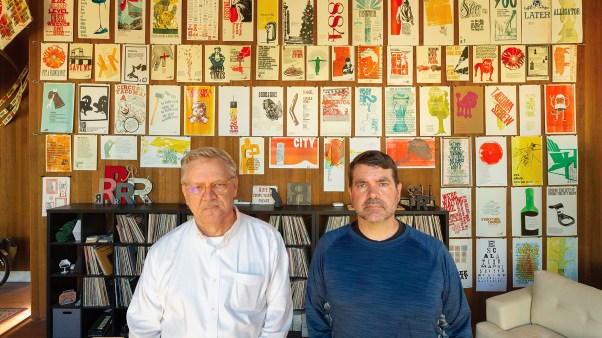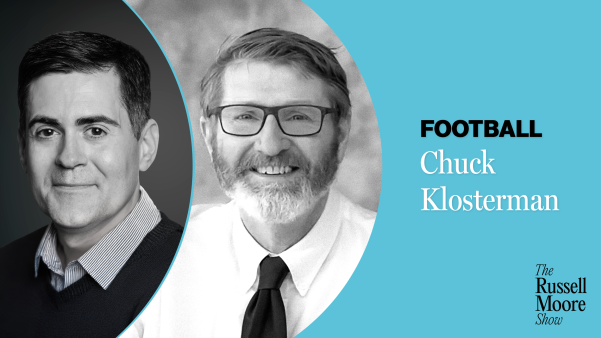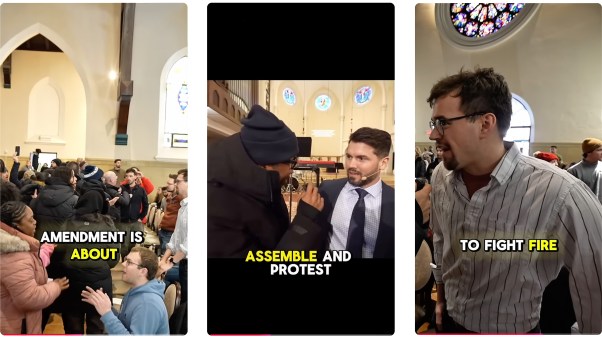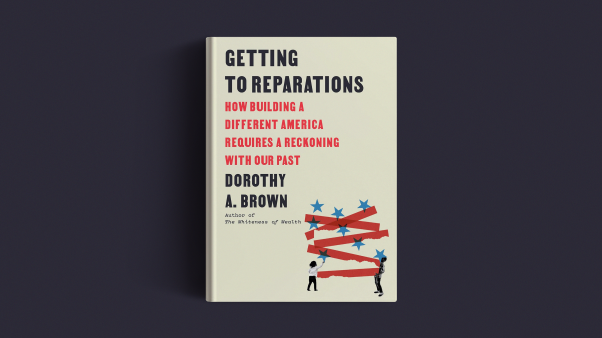Conventional wisdom suggests that a church whose budget is not 100 percent supported by tithes and offerings is not sustainable. We believe, however, that a coming revolution in church economics will necessarily redefine the notion of church stability altogether, as an increasing number of congregations find they are not stable or sustainable by this definition.
Imagine how much less your church would accomplish if it was forced to cut 30 percent of its budget. It would probably result in a significant reduction of staff, programming, community engagement, and giving to missionaries overseas. Such a scenario is already playing out in many churches across the United States as tithes and offerings are stagnant or in decline. Given the possibility (if not a probability) that local governments may someday assess church real estate to collect property taxes and/or that the federal government could take away tax-exempt status for churches altogether, we believe the time to pivot is now.
There are at least four contributing factors driving the need for economic innovation in the local church today.
A Growing Burden on the Middle Class
When asked by CNN what being middle class meant to her, Connie White (age 37) of Turtletown, Tennessee, who owns a cleaning business with her husband, said this:
Middle class, to me, means making your own way without assistance. I feel like being middle class should mean that you can relax a little, that you are saving for retirement and not still living paycheck to paycheck. I’m afraid that those days are gone, though. I feel I should be middle class. We’re able to pay the bills and don’t have a lot of debt. We have insurance. I feel lucky in that regard, but I feel we never get ahead. There’s barely anything left at the end of the month. With two people who work hard consistently, you shouldn’t have to stress about money.
Inflation, higher standards of living, the increasing cost of education, decreasing value and purchasing power of the dollar, coupled with widely available access to credit, has led Americans to borrow more money than ever before. According to the Federal Reserve Bank of New York, “Total household debt—a category that includes mortgages, student loans, and car loans along with credit card and other debt—dipped in the wake of the Great Recession, but it has steadily rebounded in the years since.” It now stands at $13.9 trillion ($9.8 trillion of it is housing debt). As one writer recently put it, “Americans have fallen back in love with debt.”
While debt is up, wealth is down. Bloomberg’s Mark Gongloff cites research to show that the “middle-class share of the US wealth pie roughly doubled between the Great Depression and the early 1980s. But since then, the middle-class share has shrunk back to its lowest level since 1947.”
America’s middle class is largely understood to be the demographic group upon whose back churches are built and growth is dependent, through its investment of discretionary time and money. If so, and to the degree that Connie White echoes the current challenges, complexities, and conditions of America’s middle class, churches will continue to struggle alongside it in the future.
A Decline in Religious Giving
According to the most recent Giving USA report, “Giving to religion declined in 2018 after six years of slow growth and one year of flat growth in inflation-adjusted dollars in 2017.” Religious giving, the report said, “is estimated to have declined by 1.5% (a decrease of 3.9% adjusted for inflation), receiving $124.52 billion in contributions.” Individual giving in general is trending down, the report said, but religious giving is being hit by other factors like the growing disaffiliation of Americans with religious groups.
As you might imagine, this is hitting churches significantly. For example, the most recent Faith Communities Today study found that the median church budget fell from $150,000 in 2009 to $125,000 in 2014. With this in mind, pastor and writer Karl Vaters suggests his fellow ministers can no longer afford to assume new believers understand the intricacies of church funding. He writes,
Many new believers don’t think about how the church’s bills get paid any more than you spend time thinking about how you get email for free. . . . They think there’s some unknown entity paying the main bills, while the money they give is for extras. We can’t assume anything anymore. New believers need to be informed of the church’s financial realities and their biblical responsibilities.
A Shift in Generational Approaches to Giving
According to former LifeWay CEO Thom Rainer, “Those born between 1980 and 2000 (Millennials) are often reticent givers. They want to be certain the church is a good steward of the contributed funds.” In addition, he writes, “Giving to the institution is the motive of most of the Builder generation (those born before 1946). Subsequent generations are more likely to give to a cause or a vision. As the Builder generation fades, so does institutionally motivated giving.”
The accounting firm Sobell and Co., LLC, reports,
A distinct difference in attitude [toward giving] emerges from a discussion with the different generations. The Silent Generation (born between 1929–1945) and the Baby Boomer Generation (born between 1946–1963) feel they make the biggest difference through the money they contribute. . . . The Silent Generation is more likely to assist religious organizations than any of the subsequent generations. . . . Where 45 percent of Boomers say their financial contributions is key, only 36 percent of Gen Xers (born between 1964–1981) and 25 percent of Gen Ys (Millennials, born after 1981) think that what matters most is a difference made by money. Instead, they believe that volunteering and spreading the word is more impactful.
Consultant Abigail L. Coleman says, “Fundraising is undergoing rapid and irrevocable change.” Understanding that emerging generations see, define, and value investment differently than previous generations means “that nonprofit organizations have to be ready for a whole new world of giving. They will need to be innovative, positioning themselves to attract and engage with this global, impulsive, technology savvy generation . . . [as] fundraising [grows increasingly] reliant on a complicated and comprehensive mix of options.”
A Rapidly Changing Population and Demographic
Over the next 15 to 25 years, a rapidly changing population will have a significant impact on local churches in the United States. Among other things, church planting, growth, and development must be necessarily altered if local congregations are to remain credible and viable in the years ahead.
For example, according to a US Census Bureau report, “The rate of population growth is slowing.”
- 2.3 million per year—projected growth rate of US population 2010–30
- 1.8 million per year—projected growth rate of US population 2030–40
- 1.5 million per year—projected growth rate of US population 2040–60
In addition, the population is aging.
- By 2030, one out of five Americans will be 65 years or older.
- By 2035, older adults are expected to outnumber children for the first time in US history.
- Between 2016 and 2060, the population under age 18 is projected to grow by only six million people, compared with a growth of 46 million for the population 65 years and over.
Finally, the report demonstrates that the population is changing in terms of racial and ethnic pluralism.
- “By 2020, fewer than one-half of children in the United States are projected to be non-Hispanic White. . . . The non-Hispanic White-alone population is projected to shrink over the coming decades, from 199 million in 2020 to 179 million in 2060—even as the United States population continues to grow.”
- “By 2028, the foreign-born share of the US population is projected to be higher than any time since 1850. . . . Just two years later, by 2030, net international migration is expected to become the primary driver of population growth in the United States—another demographic milestone for the country.”
- “‘Two or More Races’ is projected to be the fastest-growing racial or ethnic group over the next several decades, followed by Asians and Hispanics. . . . The share of children who are ‘Two or More Races’ is projected to more than double in coming decades, from 5.3 percent today to 11.3 percent in 2060.”
Rapidly changing demographics—given income disparity between people groups—will greatly affect church budgets. Such things will likely lead to a loss in revenue and to a fundamental reshaping of the way congregations are funded.
A Mindset of Scarcity or Abundance?
Based on this information, should leaders bemoan a lack of resources and wonder what might be if they only had more? To think in such a way, with eyes turned down and heads hung low, is to give in to a scarcity mindset. Grayson Bell suggests that a scarcity mindset keeps people focused on:
- Maintaining what they have instead of pursuing new opportunities.
- Staying afloat and being reluctant to take chances.
- Worrying about bank balances and putting off financial decisions in hopes that issues will go away (typically, they do not, and inaction only makes things worse).
According to John Maxwell,
Leaders who allow a scarcity mindset to work its way into their culture pay a high price. When resources (money, opportunities, recognition) are perceived to be limited, paranoia, fear and politics thrive. In this environment, people become nervous and afraid to make a mistake. As a result, teamwork and innovation suffer.
To position our churches for long-term sustainability we must avoid unnecessary fears and the intrinsic limitations of a scarcity mindset.
Ministry leaders embracing a mindset of abundance are able to envision possibilities, inspire optimism, capitalize on opportunities, and unleash entrepreneurial creativity in the church. Concerning the financial future of their congregations, they do not sit idle, hoping good things will happen. Instead, they “get after it” and make good things happen. By leveraging church assets they establish profitable business enterprise, create jobs, reduce local crime, produce tax revenue, resurrect abandoned property, and provide emotional hope to their communities. In so doing, the gospel, the local church, and the kingdom of God are advanced through the application of wise and benevolent church economics.
Mark DeYmaz is the founder of Mosaic Church of Central Arkansas and cofounder of the Mosaix Global Network living in Little Rock, Arkansas.
Harry Li is the senior pastor of Mosaic Church of Central Arkansas.
This article is adapted with permission from The Coming Revolution in Church Economics: Why Tithes and Offerings Are No Longer Enough, and What You Can Do about It (Baker, 2019).











